Walking a mile in someone else’s shoes might offer empathy, but what about walking a mile in the right pair of shoes? Comfortable footwear isn’t just a luxury it’s essential for our overall well-being.
Whether you’re strolling down the street, hitting the gym, or embarking on an outdoor adventure, the right shoe features can make all the difference. In this comprehensive guide, we delve into the world of shoe design to understand if certain parts are truly better for comfort.
Are Certain Shoe Features Better for Comfort?
Regarding comfort, the right shoe features can elevate your walking experience to cloud nine. Let’s dive into some key elements that play a pivotal role in providing that cozy stride.
Must Read: Should I Use Orthotics or Insoles?
Cushioning: A Pillow for Your Feet
Cushioning is the backbone of comfort. With innovations in footwear technology, we now have a variety of cushioning materials such as memory foam, gel, and air-infused soles. These materials absorb impact, reduce pressure on joints, and offer that heavenly feeling with every step.
Arch Support: The Foundation of Comfort
Your arches are like the pillars supporting a bridge. Proper arch support ensures weight distribution, reduces fatigue, and minimizes the risk of common foot problems. Shoes with built-in arch support or removable insoles can make a world of difference, especially for those with high or low arches.
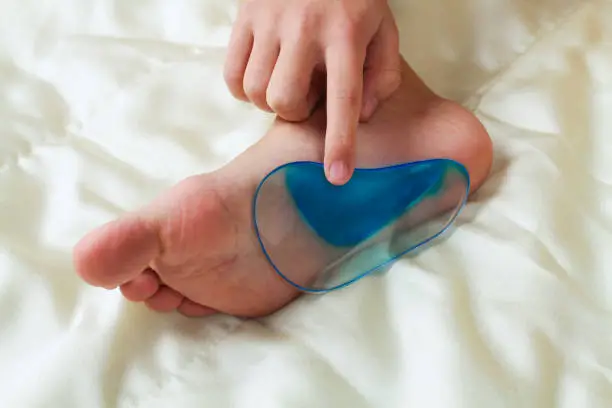
Breathability: Letting Your Feet Breathe
Imagine wearing shoes that feel like a sauna for your feet unpleasant, right? Breathable shoe materials like mesh or perforated fabrics allow air circulation, preventing moisture buildup and reducing the chances of blisters and odors.
Toe Box Space: Room to Wiggle and Waggle
A cramped toe box is a recipe for discomfort. Having enough space for your toes to move freely prevents friction and pressure points. Look for shoes with a wider toe box, especially for long walks or activities that require prolonged standing.
Heel Counter: Stability Meets Comfort
The heel counter, the back part of the shoe that cups your heel, provides stability. A well-fitted and padded heel counter reduces slippage and friction, ensuring a snug yet comfortable fit.
Outsole Flexibility: Bend It, Walk It
An outsole that flexes with your foot’s natural movement enhances comfort. Shoes with a flexible sole promote a more natural stride and reduce strain on your feet and calves.
Lacing Systems: The Tightness Factor
The way you lace your shoes can impact comfort. Different lacing techniques can accommodate various foot shapes and provide a tailored fit, preventing your feet from sliding inside the shoes.
Material Quality: The Feel-Good Factor
High-quality materials not only enhance durability but also contribute to overall comfort. Premium leather, soft fabrics, and non-irritating textiles can prevent chafing and blisters.
Shoe Weight: Light as a Feather
The weight of your shoes matters more than you might think. Lighter shoes reduce fatigue and allow for smoother, more effortless strides. Consider your activity whether it’s running, walking, or hiking, and opt for shoes with an appropriate weight.
Sole Thickness: Striking the Balance
The thickness of the sole affects shock absorption and stability. For activities with high impact, like running, thicker soles provide better cushioning, while thinner soles offer a more natural feel for activities like walking.
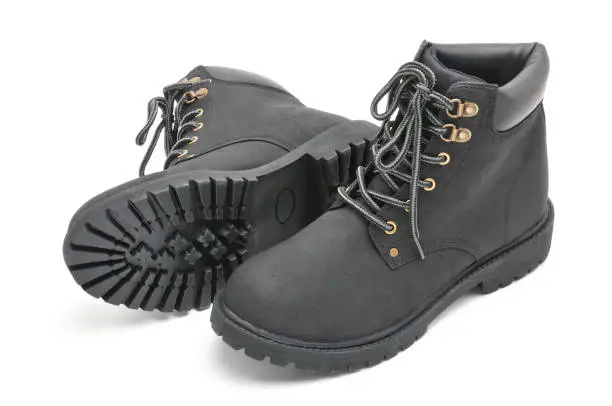
Conclusion
When it comes to footwear comfort, it’s not just about the shoe it’s about the features that make your journey comfortable and enjoyable. From cushioning to arch support, each element plays a unique role in elevating your walking experience. So, the next time you slip into a pair of shoes, pay attention to these features, and give your feet the comfort they deserve.
Frequently Asked Questions
How can I prevent blisters while breaking in new shoes?
To avoid blisters, gradually break in your shoes by wearing them for short periods. Applying moleskin or using blister prevention sticks can also help.
Are expensive branded shoes always more comfortable?
Not necessarily. While some brands focus on comfort, others prioritize style. It’s essential to try on shoes and consider factors like fit, cushioning, and support.
Can I use running shoes for walking?
Yes, running shoes often provide the cushioning and support needed for walking. However, if you’re a frequent walker, investing in walking shoes might offer additional benefits.
How do I know if a shoe is the right fit?
A good fit leaves a thumb’s width of space between your longest toe and the shoe’s tip. Your heel should fit snugly but not uncomfortably against the back of the shoe.
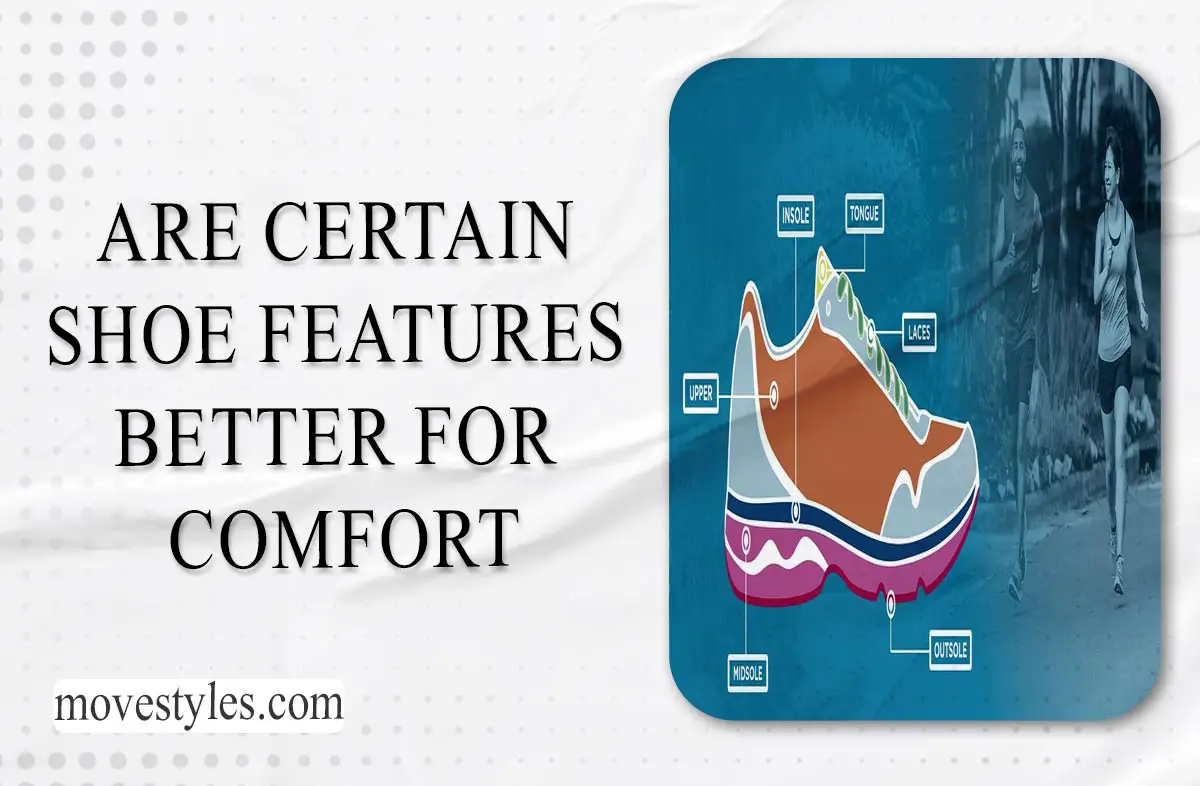

![How Long After hip Replacement Can I Tie My Shoes? [Detail Guide]](/uploads/how-long-after-hip-replacement-can-i-tie-my-shoes.jpg)
![What Shoes to Wear to Renaissance Festival? [Guide of 2024]](/uploads/what-shoes-to-wear-to-renaissance-festival.jpg)
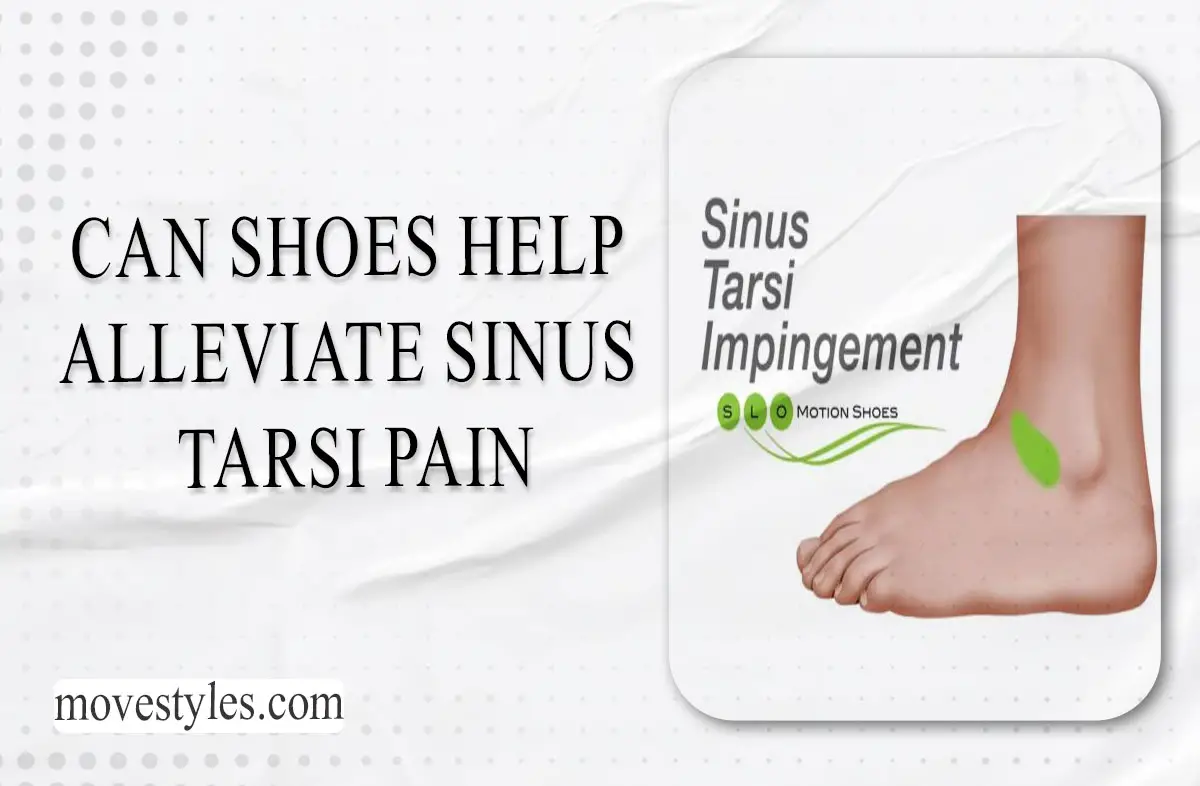
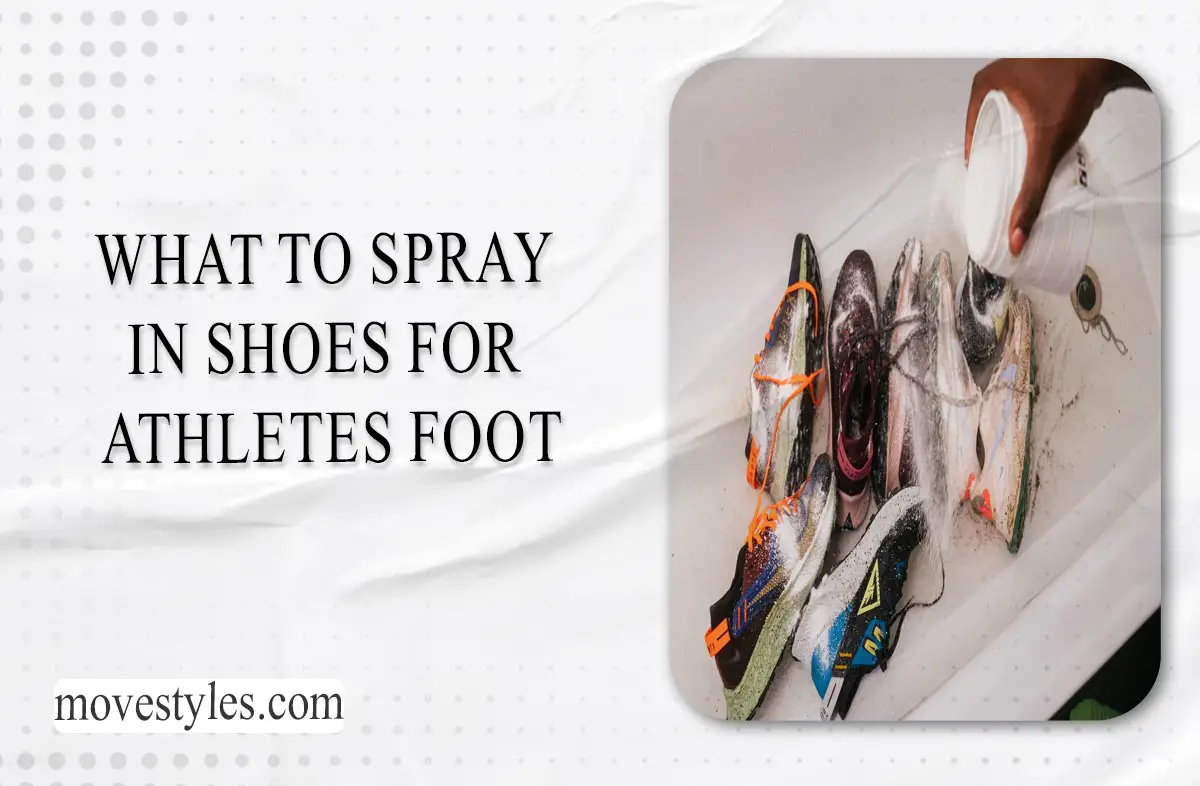
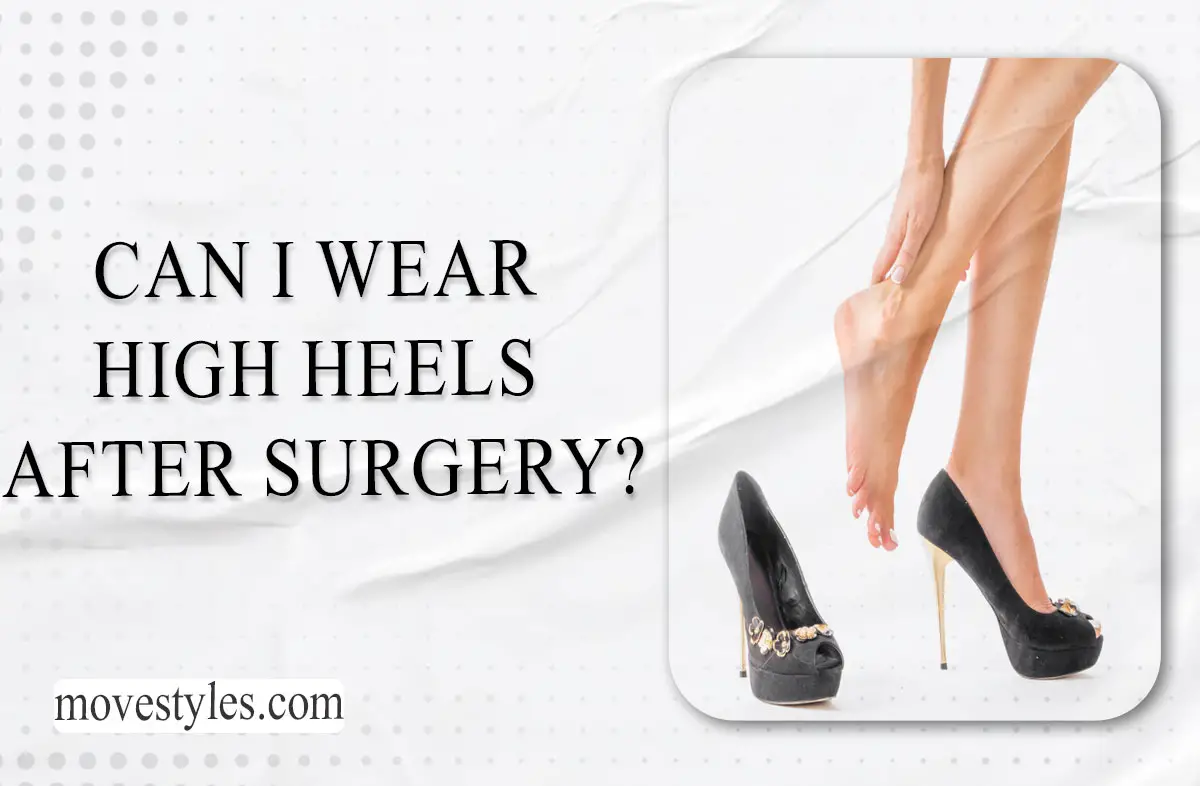
![Why Do Turtles Attack Black Shoes? [Explained 2023]](/uploads/why-do-turtles-attack-black-shoes.jpg)